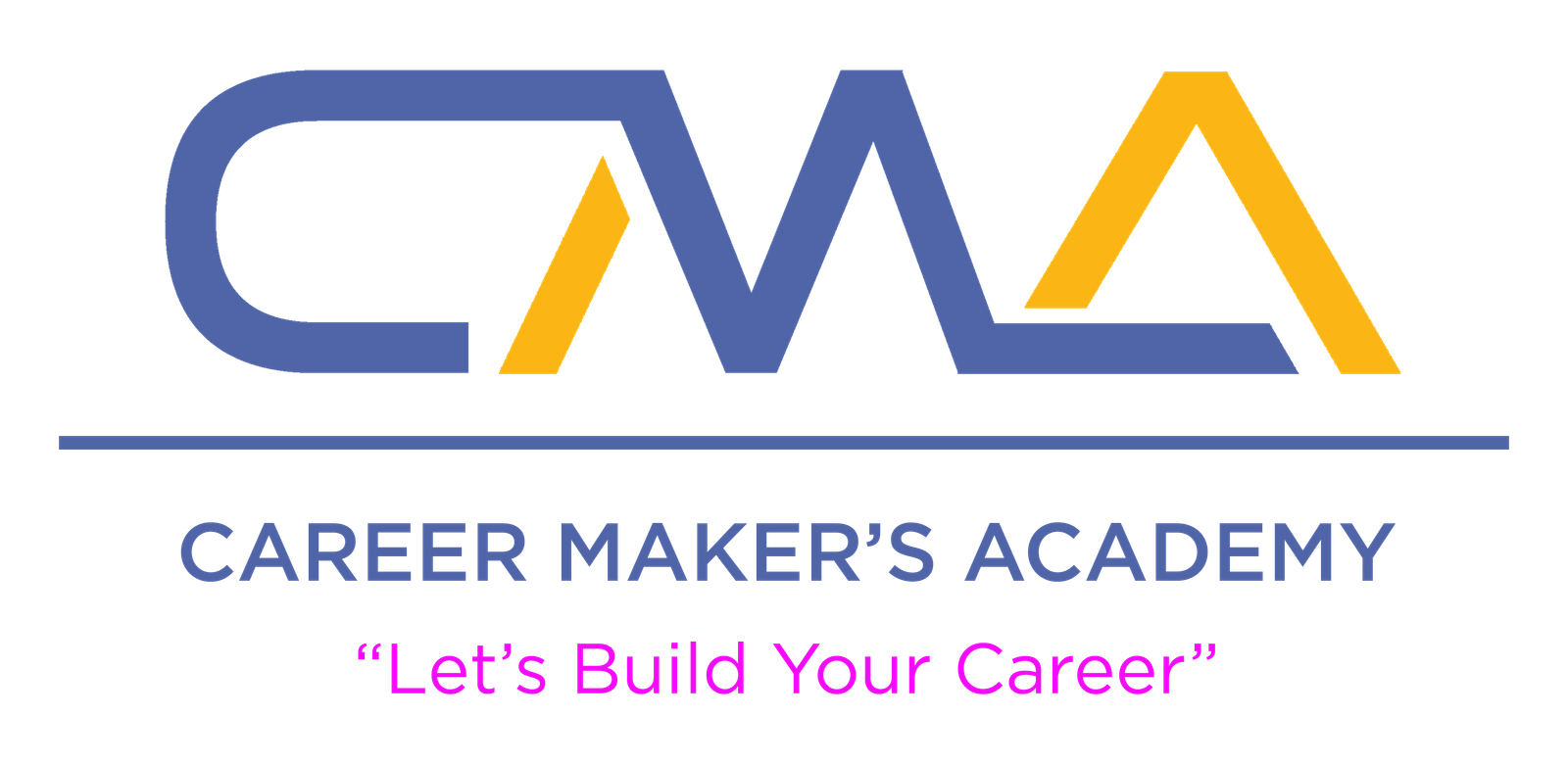In today’s digital world, data is everywhere. Every click, search, and online interaction generates vast amounts of information, commonly referred to as Big Data. But how do machines make sense of such overwhelming amounts of data? The answer lies in the power of mathematics, which forms the backbone of Artificial Intelligence (AI) and Machine Learning (ML). At Career Makers Academy, Dholpur, under the guidance of Er. Shobhit Pandey, we emphasize the importance of mathematical foundations in these cutting-edge fields. Let’s explore how mathematics plays a crucial role in AI and ML.
Understanding Big Data
Big Data refers to extremely large datasets that are too complex for traditional data processing methods. Companies, researchers, and governments use AI and ML to analyze these datasets and extract meaningful insights. But to achieve this, a strong mathematical foundation is necessary.
Key Mathematical Concepts in AI and ML
1. Linear Algebra: The Language of AI
Linear algebra is fundamental to AI and ML as it deals with vectors, matrices, and transformations. Data in machine learning is often represented in matrix form, and operations such as matrix multiplication help process large datasets efficiently. Concepts like eigenvalues, eigenvectors, and singular value decomposition (SVD) are crucial in dimensionality reduction and optimizing machine learning models.
2. Probability and Statistics: Predicting the Future
AI systems make decisions based on probability and statistics. In ML, algorithms such as Bayesian networks and Hidden Markov Models rely on probability theory to make predictions. Statistical techniques help in analyzing data patterns, measuring uncertainties, and optimizing model performance.
For example, spam filters use probability models to classify emails as spam or not based on past data. Similarly, recommendation systems, such as those used by Netflix or Amazon, analyze user behavior to suggest movies or products using statistical models.
3. Calculus: Training Neural Networks
Calculus plays a crucial role in training AI models, especially in deep learning. Techniques like gradient descent, which is used to optimize machine learning models, rely on derivatives to minimize errors. Partial derivatives and optimization functions ensure that models learn efficiently and improve over time.
For instance, in image recognition, neural networks use calculus to adjust weights and biases to better classify images, improving accuracy with each iteration.
4. Discrete Mathematics: The Foundation of Algorithms
Discrete mathematics, which includes logic, set theory, and graph theory, is essential in AI. It helps in designing efficient algorithms, understanding data structures, and optimizing computational tasks. Graph theory, for instance, is used in social network analysis, search engines, and even self-driving cars to map out paths and recognize patterns.
5. Optimization: Enhancing AI Performance
Optimization techniques are used to improve machine learning models by fine-tuning parameters to achieve the best possible performance. Algorithms like Linear Programming, Genetic Algorithms, and Stochastic Gradient Descent help in solving complex real-world problems efficiently.
Real-World Applications of Mathematics in AI and ML
The practical applications of AI and ML powered by mathematics are vast and diverse. Some examples include:
- Healthcare: AI-driven diagnostics use mathematical models to analyze medical images and predict diseases.
- Finance: Stock market predictions and risk analysis rely on statistical and probability models.
- E-commerce: Personalized recommendations based on user behavior involve linear algebra and probability.
- Autonomous Vehicles: Self-driving cars use calculus, probability, and optimization techniques to navigate roads safely.
Building a Strong Mathematical Foundation at Career Makers Academy
At Career Makers Academy, Dholpur, we prepare students for the future by strengthening their mathematical skills and introducing them to real-world applications in AI and ML. Under the guidance of Er. Shobhit Pandey, students learn the fundamentals of algebra, probability, calculus, and more, empowering them to excel in advanced technological fields.
AI and ML are revolutionizing industries, and mathematics is at the heart of this transformation. By mastering these mathematical concepts, students can unlock numerous career opportunities in data science, AI research, and software development. If you aspire to be part of this exciting field, start by building a solid mathematical foundation with Career Makers Academy!
